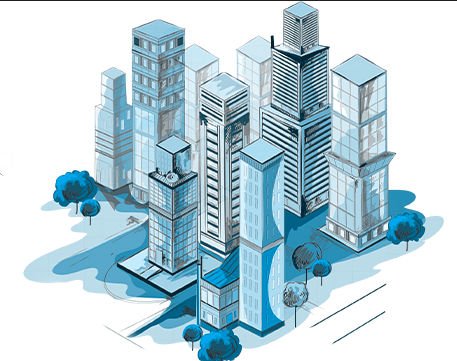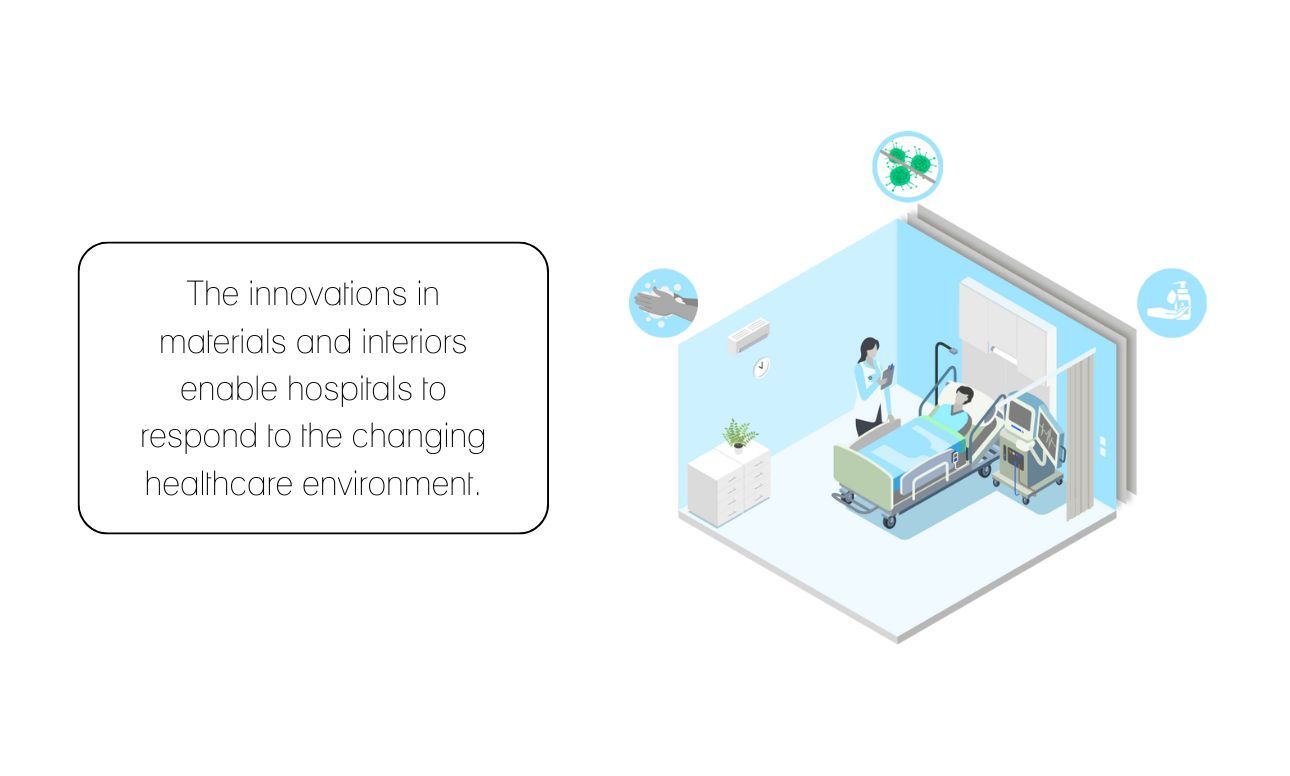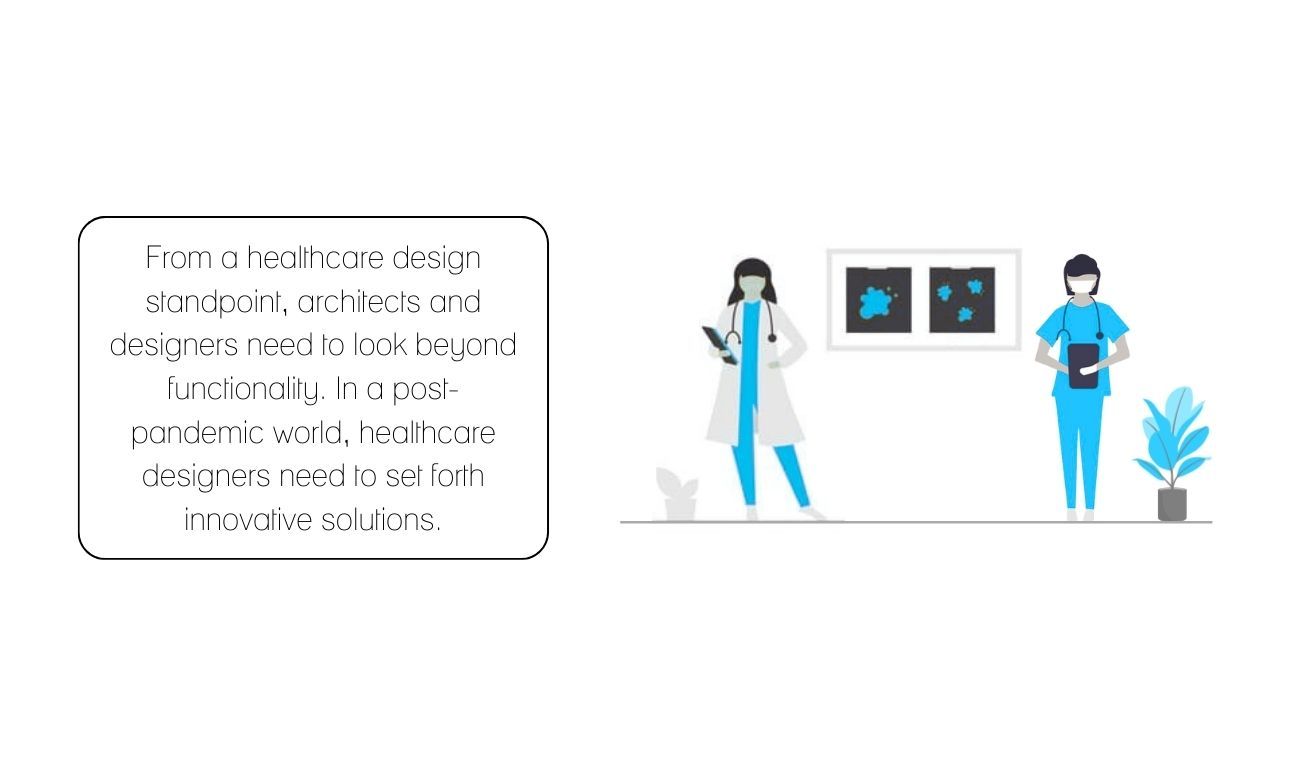

02-09-2022
Hospital Design and Patient Recovery Rates Ravideep Singh

How can the design of a healthcare facility impact patient recovery rates in India?
As civilisation battles through an unceasing threat of viral upsurges, healthcare providers across the country are beginning to acknowledge the significance of healthcare analytics and other crucial metrics such as patient recovery rates. Subsequently, it has become evident that access to these parameters can help optimise patient turn-around which would allow for higher resilience against adversities such as Covid-19. The acknowledgement of patient recovery rates as a crucial metric for determining healthcare quality is still in its nascent stages in India. In contrast, the west has a much higher degree of data and awareness on this phenomenon, that can potentially help us understand its relevance in the Indian subcontinent.
As several Evidence-based studies suggest, patient recovery rates are a rationale of several factors, including high efficacy infection control, ingress of natural light and views to outside, controlled acoustics and friendly caregivers. Interestingly, healthcare facility design has a significant role in ensuring the success of these factors.
-
Hospital design and infection control
According to the National Guidelines of Infection Control, 30% of all ICU patients in developed countries are affected by an HAI (Hospital Acquired Infection) during the course of their hospital stay. The percentages are expected to be even higher in lower- and middle-income countries. In addition, a growing body of evidence demonstrates that the built environment of healthcare settings – their layouts, materials, equipment and furnishings, and consequently healthcare architects play a vital role in preventing the transmission of pathogens.
IHFG (Indian Health Facility Guidelines) recommends a minimum distance of 2.45 metres between beds for maintaining asepsis – an environment free of disease-causing microorganisms. Additionally, evidence-based design (EBD) studies have also found patients in single rooms are at a significantly lower risk of acquiring HAIs. Further, ante rooms with efficient mechanical systems with ACH (air changes per hour) conformity can minimise the spread of infections. Similarly, another study suggests that strategically located hand-wash sinks and hand sanitisers (especially near patient areas) have promoted handwashing amongst the caregivers – enabling better infection control within the facility.
-
Natural light and views
Besides innovation and upheaval in medical technology, the design of the medical facility also impacts patient recovery. A study conducted in 2018, ‘The effects of natural daylight on length of hospital stay’ (PubMed), found that patients with beds near the windows had significantly shorter hospital stays than patients with beds near the door, in a sample size of 87,351 patients. Optimal natural light and views to the outside have been found to stimulate patients' positive immune responses, resulting in expedited recovery. EBD studies have also found slower recovery rates in patient rooms oriented towards the west, perhaps due to a patient’s psychological and circadian responses to the optics of a setting sun. Additionally, larger windows with potential views of nature promote biophilia along with the therapeutic effects of nature.
-
Acoustics and stress and caregiver satisfaction
Environmental acoustics are one of the most prevalent stressors in healthcare facilities today. The ramifications of poor acoustics affect both the patients and caregivers alike. In hospitals and respite environments, a patient’s recovery is heavily dependent on the quality of sleep. Patient recovery becomes difficult when operating without adequate noise control measures or consideration for acoustics and noise transfer issues as sleep is more disturbed. Disruptions and poor sleep quality ultimately cause a noticeable reduction in healing. Interestingly, controlled acoustics also minimise stress amongst the caregivers, enabling them to better focus on the patients' individual needs, eliminate medical errors, and render quality care. Employing the right materials and finishes, like sound-absorbing ceiling tiles along with strategic spatial planning can result in minimising stress and overall patient and caregiver satisfaction.
-
Psychology of colours
Colours play a significant role in improving patient recovery rates and also enhance the caregiver's efficiency and visitor’s experience. For instance, ‘Healing Colours’ such as whites, greys and light browns are used to imbue a soothing effect on the residents and visitors. This palette consists of neutral and calming colours, wherein the green colour symbolises health with its biophilic connotations. When used in healthcare design, biophilic green can be employed alongside light wood and whites to elevate the patient and the visitor's experience. In contrast, paediatric hospitals, designed for children’s health, should attain a balance between colourful and calming tones. A combination of vibrant orange and calming blue achieves the equilibrium of vivid and soothing interiors suitable for children.
-
Improving Indoor Health
Following the Covid-19 pandemic, precautions around indoor health have increased. Healthcare designers take special consideration for sensitive hospital environments that are more prone to infections. The indoor air has a lasting impact on patients’ health and recovery. The inclusion of Minimum Efficiency Reporting Values (MERV) -13 or higher media filters during the design phase can help reduce the spread of airborne viruses. Additional carbon filters installed in existing mechanical systems can also ensure improved indoor air quality.
Moreover, the designers must also focus on selecting low Volatile Organic Compounds (VOC) paints, finishes, and safe cleaning chemicals that comply with health and safety standards. If contaminated, water can also become a disease vector. Therefore, it must be ensured that the healthcare buildings have carbon filters for healthy and potable water. Ultraviolet Germicidal Irradiation (UGVI) filtration also helps eliminate harmful microbes and bacteria and keep water quality in check.
The design of the built environment, especially hospitals and medical facilities, is undoubtedly one of the most significant factors of patient health, safety and experience. Today, healthcare architects are using such principles of evidence-based design along with the learnings from the pandemic to push the boundaries of conventional hospitals in order to create safe and healing environments.













